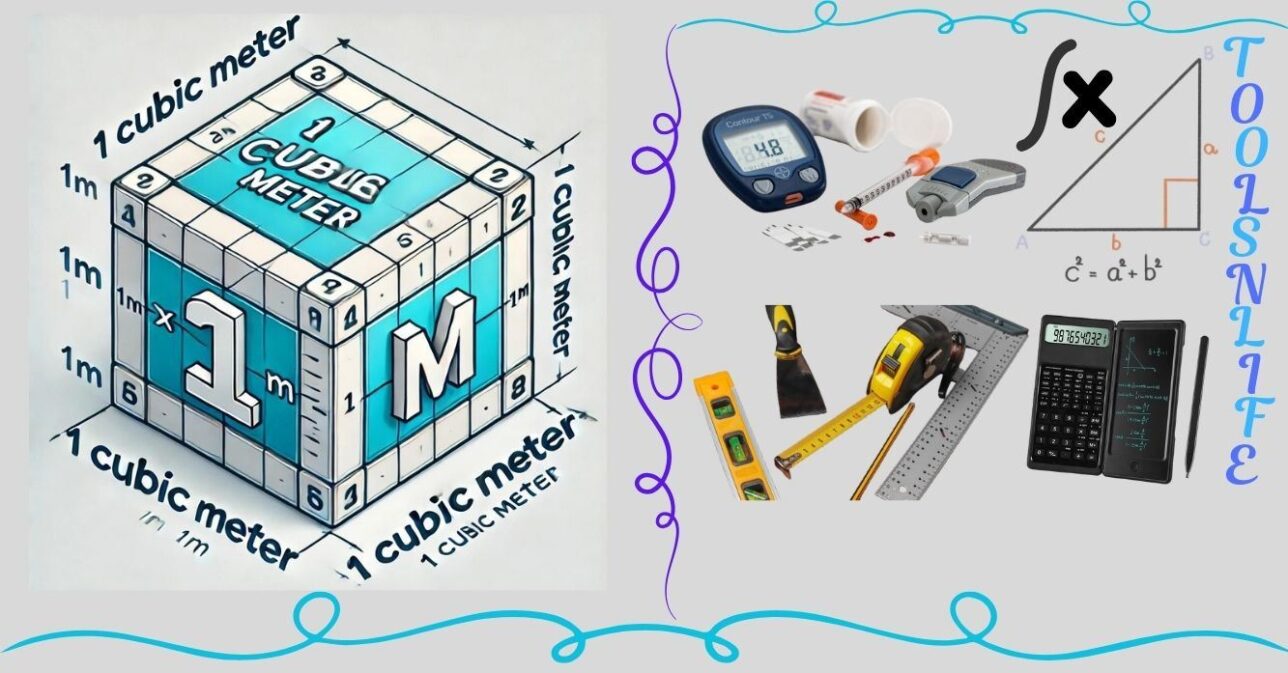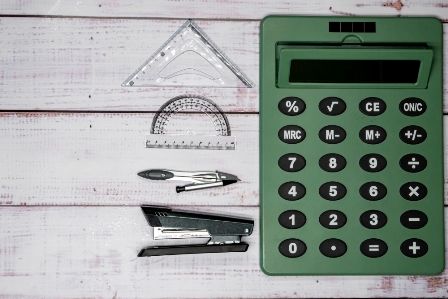Conversion to cubic meters
What is a Cubic Meter?
A cubic meter (m³) is the standard SI unit of volume in the metric system, representing the volume of a cube with edges exactly one meter in length. This fundamental measurement is crucial across numerous industries including construction, shipping, logistics, and environmental science. Understanding how to calculate and convert cubic meters enables professionals and DIY enthusiasts alike to accurately estimate material requirements, shipping capacities, and space utilization.
Practical Applications of Cubic Meter Calculations
Cubic meter calculations serve essential functions in various real-world scenarios:
- Shipping and Logistics: Determining cargo space requirements in containers and vehicles
- Construction: Calculating concrete volumes for foundations, slabs, and structures
- Landscaping: Estimating soil, mulch, or gravel needs for projects
- Home Improvement: Planning storage solutions and room capacities
- Environmental Science: Measuring water volumes, air quality metrics, and material densities
Comprehensive Conversion Table: Cubic Meters to Other Units
This reference table provides conversion factors from cubic meters to various other volume units, essential for international projects and diverse measurement systems:
| Unit | Symbol | Equivalent Cubic Meters | Common Applications |
|---|---|---|---|
| Cubic Centimeter | cm³ | 0.000001 m³ | Small liquid volumes, medical measurements |
| Liter | L | 0.001 m³ | Beverages, fuel consumption, liquid storage |
| Cubic Inch | in³ | 0.0000163871 m³ | Engine displacement, small packaging |
| Cubic Foot | ft³ | 0.0283168 m³ | Refrigeration, room volumes (US standard) |
| Cubic Yard | yd³ | 0.764555 m³ | Landscaping materials, construction debris |
| US Gallon | gal | 0.00378541 m³ | Liquid capacities, fuel volumes |
| UK Gallon | gal | 0.00454609 m³ | British liquid measurements |
Step-by-Step Calculation Process
Our cubic meter calculator simplifies volume determination through these precise steps:
- Input your dimensions (height, length, width) in any supported unit
- Select the appropriate unit for each dimension using the dropdown menus
- The calculator automatically converts all measurements to meters
- Multiplies the three converted values (height × length × width)
- Displays the result in cubic meters alongside equivalent volumes in your preferred unit
Mathematical Foundation
The calculation follows the standard volume formula for rectangular prisms:
Volume = Height × Length × Width
For accurate cubic meter results, all dimensions must be converted to meters before multiplication. Our calculator handles these conversions automatically using standardized conversion factors recognized by international measurement systems.
Real-World Calculation Example
Consider calculating the volume of a shipping container with these dimensions:
- Height: 8.5 feet
- Length: 20 feet
- Width: 7.5 feet
Using our calculator:
- Convert each dimension to meters (1 ft = 0.3048 m)
- Height: 8.5 ft × 0.3048 = 2.5908 m
- Length: 20 ft × 0.3048 = 6.096 m
- Width: 7.5 ft × 0.3048 = 2.286 m
- Volume: 2.5908 × 6.096 × 2.286 = 36.12 m³
This calculation reveals the container has a capacity of approximately 36.12 cubic meters, essential information for logistics planning and cargo optimization.
Why Our Cubic Meter Calculator Excels
Unlike basic calculators, our tool offers distinct advantages:
- Comprehensive Unit Support: Handle metric, imperial, and specialized volume units
- Real-Time Conversion: Instant results as you input or change values
- Practical Applications: Designed with real-world scenarios in mind
- Mobile Optimization: Perfect for job site calculations on smartphones or tablets
- Professional Accuracy: Industry-standard conversion factors for reliable results
Expert Tips for Accurate Measurements
As measurement specialists with over 15 years of experience in dimensional calculations, we recommend:
- Always double-check your initial measurements for accuracy
- When measuring irregular spaces, break them into rectangular sections
- Consider adding 5-10% to your final calculation for waste or irregularities
- For shipping calculations, verify specific carrier requirements as they may use different calculation methods
- Remember that temperature can affect volume measurements for materials like gases and liquids
Frequently Asked Questions
How do you calculate cubic meters from centimeters?
To calculate cubic meters from centimeter measurements: first convert centimeters to meters by dividing by 100 (since 1 m = 100 cm), then multiply the three dimensions. Alternatively, multiply height × width × length in centimeters and divide by 1,000,000 to get cubic meters.
How many cubic meters are in a standard shipping container?
A standard 20-foot container typically holds about 33 cubic meters, while a 40-foot container averages 67 cubic meters. Actual capacity varies slightly by manufacturer and specific container type.
Can I calculate cubic meters for irregular shapes?
For irregular shapes, approximate by breaking them into regular rectangular sections, calculate each section’s volume separately, then sum the results. For highly irregular shapes, consider using water displacement methods or 3D scanning technology.
Conclusion: Master Your Volume Calculations
Accurate cubic meter calculations form the foundation of successful projects across countless industries. Our comprehensive calculator and guide provide you with professional-grade tools and knowledge to confidently determine volumes, convert between measurement systems, and optimize your planning process. Whether you’re shipping goods internationally, planning a construction project, or simply solving a homework problem, this resource delivers accurate results and valuable insights.
Ready to tackle your project with confidence? Bookmark this page for future reference, share it with colleagues who might benefit, and don’t hesitate to use our calculator for all your volume measurement needs. Precision in planning leads to excellence in execution!






